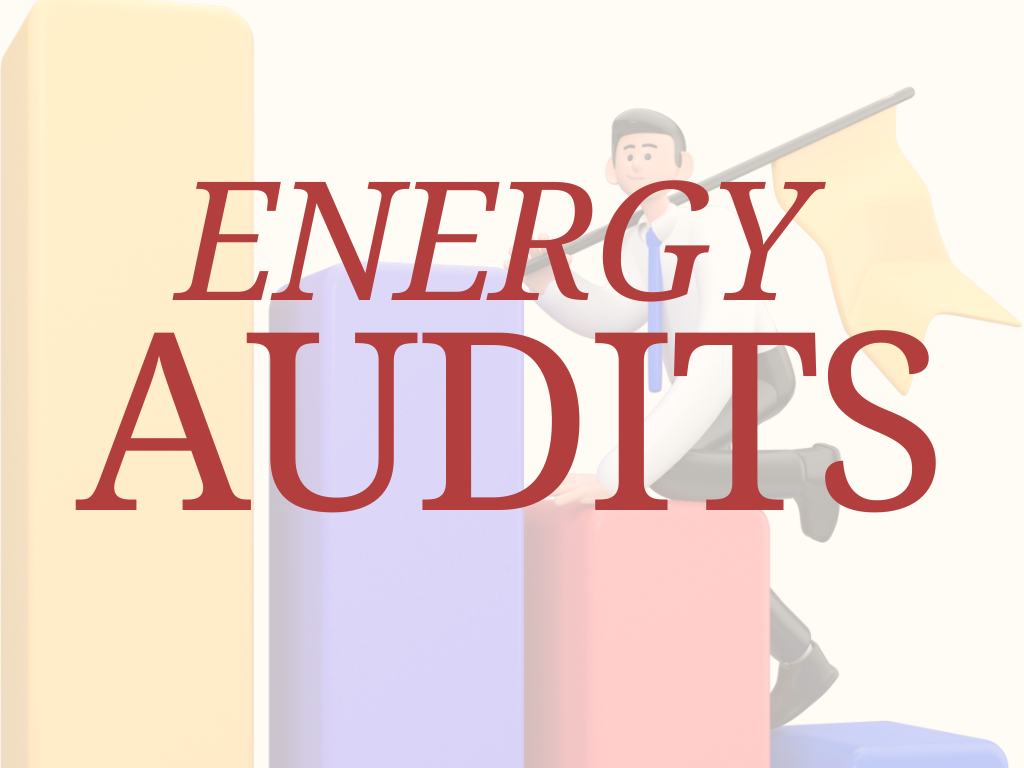
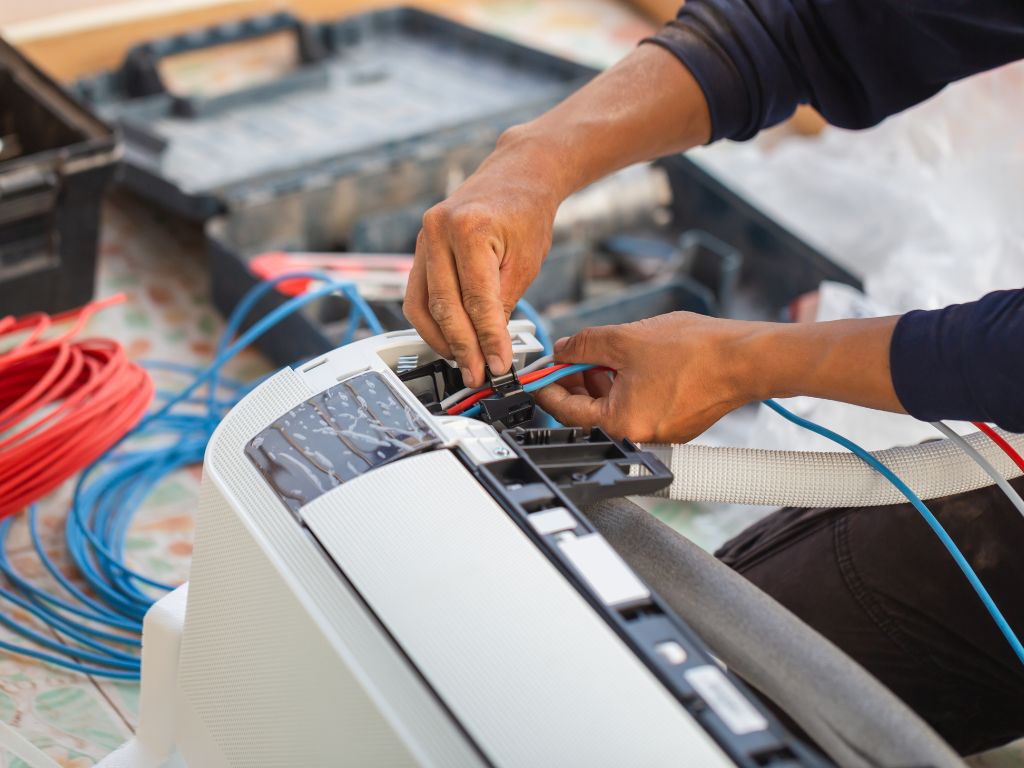
INITIAL ASSESSMENT
Site Visit: Conduct a walkthrough of the facility to understand current operations and equipment.
Data Collection: Gather information on energy consumption, equipment specifications, and operational hours.
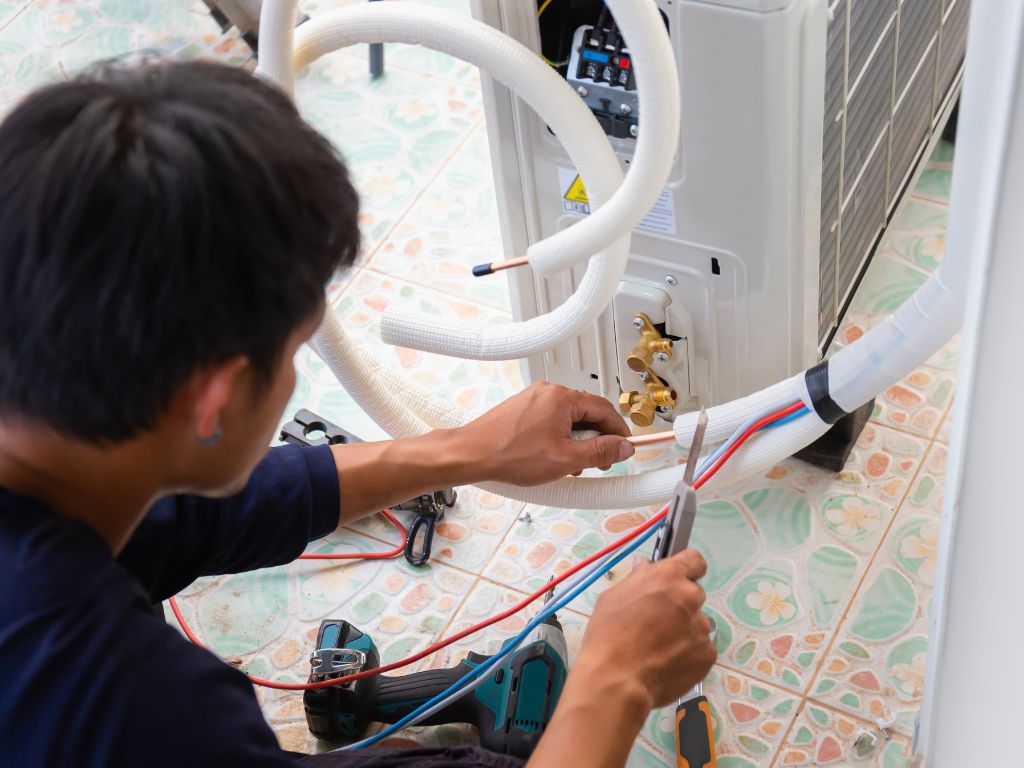
ENERGY CONSUMPTION ANALYSIS
Utility Bills Review: Analyze past utility bills to identify consumption patterns and peak usage times.
Metering: Use energy meters to measure real-time energy usage of various systems.

EQUIPMENT EVALUATION
HVAC Systems: Assess the efficiency of existing air conditioning units, including age, type, and maintenance history.
Ductwork Inspection: Check for leaks or insulation issues in duct systems that could affect performance.
Control Systems: Evaluate thermostats and control systems for optimization.
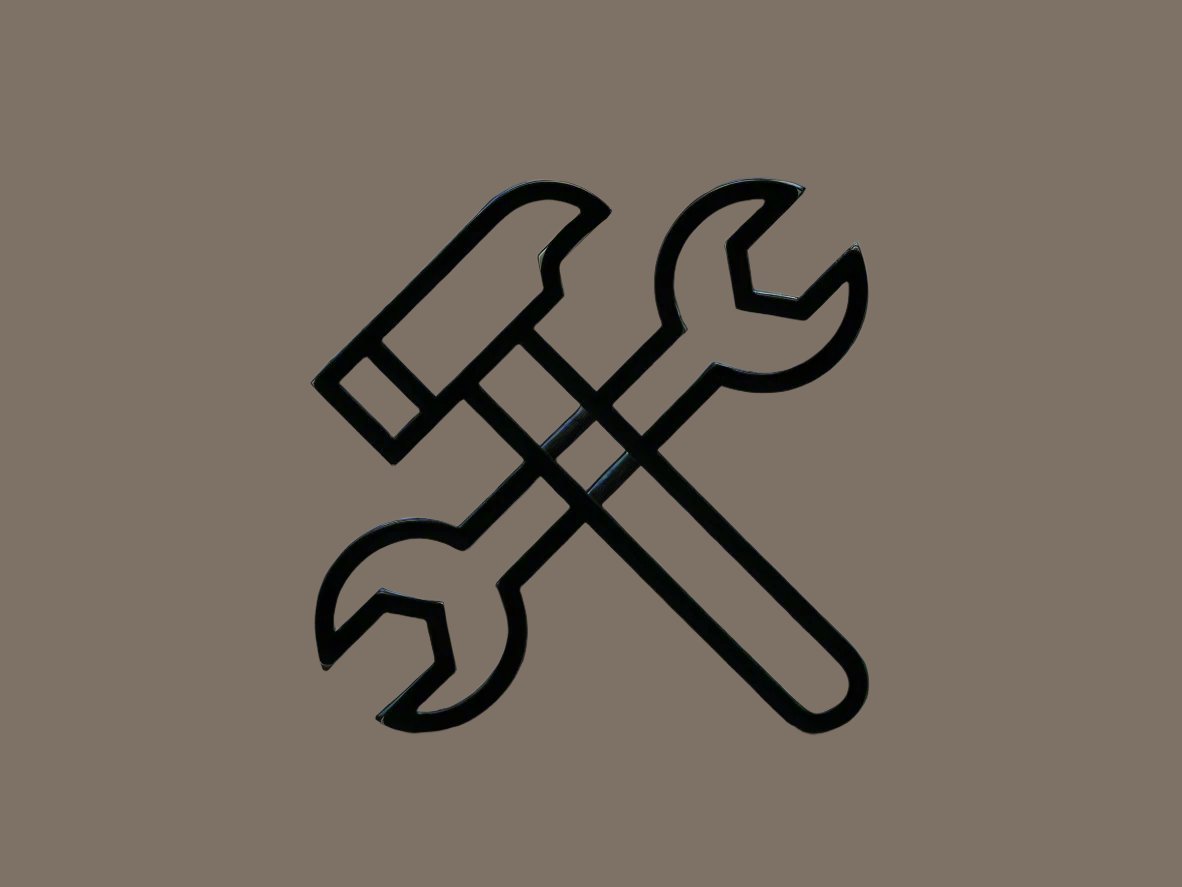
OPERATIONAL PRACTICES REVIEW
Maintenance Practices: Review maintenance logs and schedules to ensure regular servicing of equipment.
Staff Training: Assess employee training regarding energy-efficient practices and equipment use.
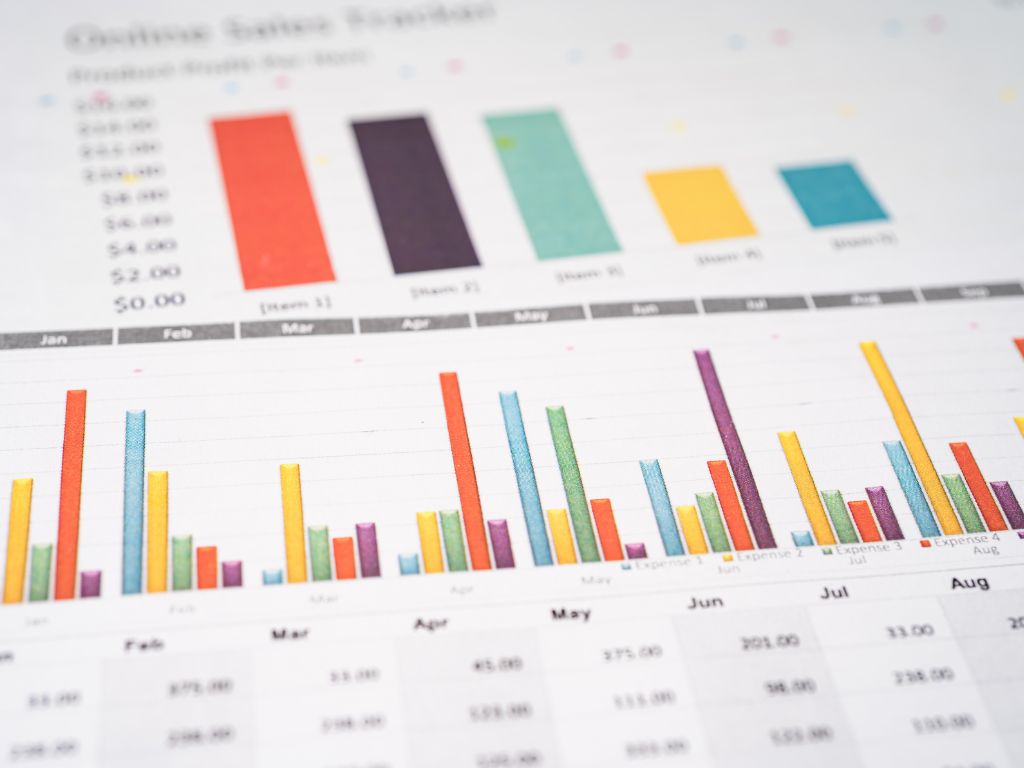
IDENTIFY IMPROVEMENT OPPORTUNITIES
Upgrades: Recommend replacing outdated units with high-efficiency models.
Smart Controls: Suggest implementing smart thermostats or building management systems for better control.
Insulation and Sealing: Identify areas where insulation can be improved or where sealing can prevent air loss.

FINANCIAL ANALYSIS
Estimate the costs of recommended upgrades and the potential energy savings over time. Also research available incentives or rebates for energy efficiency improvements.

REPORTS, PLANS & FOLLOW UP
Compile findings into a detailed report, including graphs and data visualization. To provide a prioritized action plan for implementing recommendations, including timelines and estimated savings.
Periodic Audits and an Action Plan to implement changes required.
